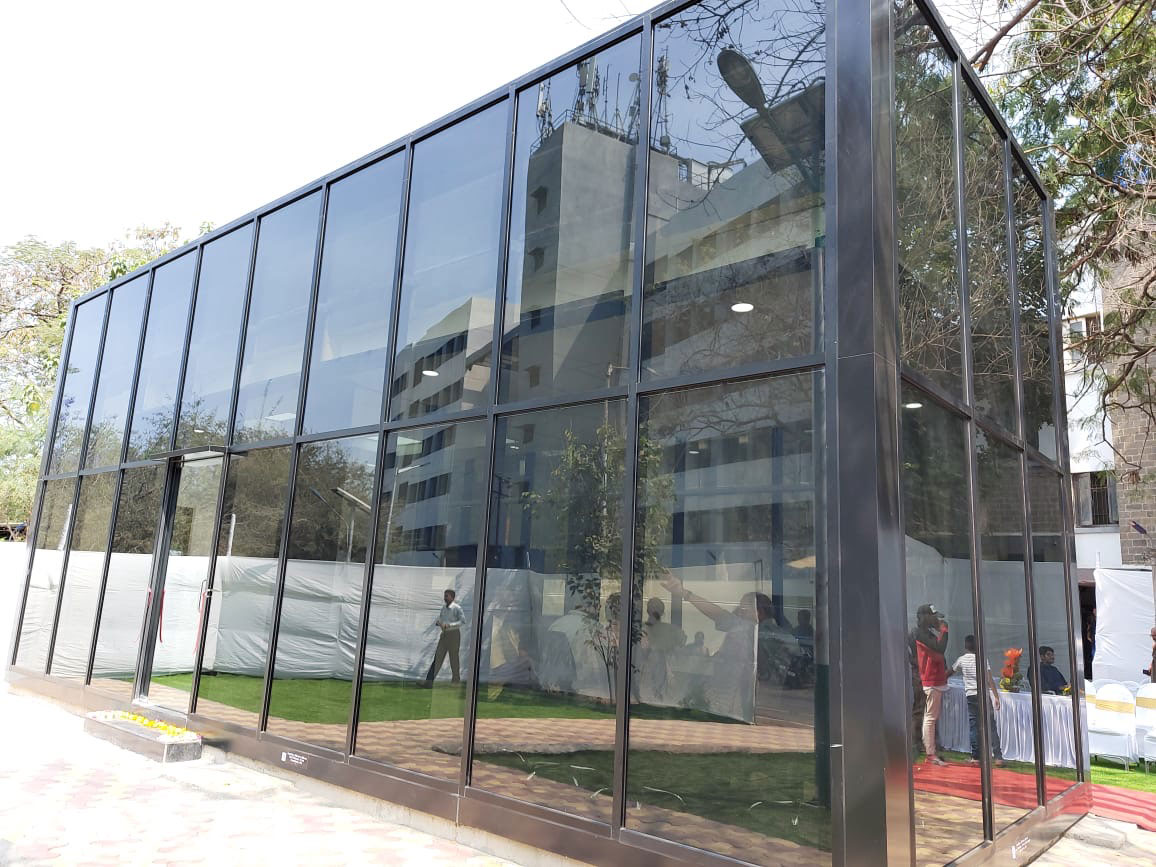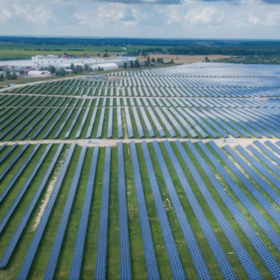India is one of the fastest-growing economies in the world, and as a result, the demand for construction and infrastructural development in India is also growing. In such a scenario, the importance of the green building concept gains prime importance and has been fairly well understood by the Government.
Strong government support and the increasingly opportune economic situation have pushed India to be one of the top leaders in the world’s most attractive renewable energy markets. The government has designed policies, programs, and a liberal environment to attract foreign investments to ramp up the country in the renewable energy market at a rapid rate.
However, to achieve the government’s ambitious renewable energy targets, and integrate two growing sectors of infrastructure and construction and renewable energy, the existing policies and codes or rule books like the National Building Code of India (NBC), Energy Conservation Building Code (ECBC), and Eco Niwas Samhita (ENS) need to be further enhanced.
For example, ECBC says, “All buildings shall have provisions for installation of renewable energy systems in the future on rooftops or the site.”
These are very basic and general guidelines for efficient energy usage. It is urgent and imperative that not only should we adopt policies requiring all existing buildings as well as new construction to meet green building criteria but also put in place relevant laws and regulations for effective implementation of those policies.
Also, with reference to using RE in the building sector, most of these Rules need specific details about energy generation. Right now, it is more to do with energy efficiency.
Implementation
Like all other technologies, the practical installation of solar energy for buildings also has its share of challenges. To name a few are:
- Lack of skilled workmanship: Even though there is an umpteen number of EPC contractors that have mushroomed over the last few years for solar installations, most of them lack quality installers. There is a need for a skilled workforce for installation, maintenance, and repairs; particularly for large-scale commercial building projects.
- Lack of Consumer Awareness: Consumer awareness about rooftop PV (RTPV) and building-integrated PV (BIPV) and its market acceptance is the most significant challenge in promoting solar energy. Traditionally, a renewable energy system is considered as an add-on technology and not a part of building design or construction right from the initial design stage. Also, most of the consumers are not aware of the government policies’ benefits regarding PV for buildings. However, it is fast changing now, and the responsibility of spreading awareness lies with the system manufacturers.
- Limited available space and shading for RTPV: As per the latest design trends, rooftops are used for cafeterias, terrace gardens, and so on, leaving lesser space for solar installations. Add to that shading effect due to adjacent tall buildings.
- Sustainable construction not being core of design: While designing a building, we need to move beyond considering the cost as the only parameter and explore using sustainable construction practices and materials optimally. Right now, sustainability construction practices are only limited to buildings that have applied for green building certification. The building sector accounts for more than 30% of total electricity consumption in India. Green low-carbon development for the construction industry is crucial BIPVs.
The case for BIPV
BIPV for building envelopes is a new Innovative technology, which, if incorporated at the initial design stage of a building, can fetch long-term benefits. The application of transparent PV glass panels for facades and skylights is still at a very nascent stage in India and has huge potential.
By opting for products like Power Glass, one can get all the benefits of conventional glass and in addition to electricity generation. Some of the benefits of such BIPVs are:
- The area available for installation is much larger than the rooftop.
- Increases building value both in terms of design and energy input.
- Enhances the green ecological image of the companies or brands.
- It’s a key technology for the sustainable/green building concept and helps in decarbonizing the energy system in buildings/infrastructures/cities.
- It gives an improved balance of electricity generation and consumption during the course of the day.
And that’s why we say that way forward is to move from “energy-efficient buildings” to “energy-generating buildings.”
The views and opinions expressed in this article are the author’s own, and do not necessarily reflect those held by pv magazine.
This content is protected by copyright and may not be reused. If you want to cooperate with us and would like to reuse some of our content, please contact: editors@pv-magazine.com.








By submitting this form you agree to pv magazine using your data for the purposes of publishing your comment.
Your personal data will only be disclosed or otherwise transmitted to third parties for the purposes of spam filtering or if this is necessary for technical maintenance of the website. Any other transfer to third parties will not take place unless this is justified on the basis of applicable data protection regulations or if pv magazine is legally obliged to do so.
You may revoke this consent at any time with effect for the future, in which case your personal data will be deleted immediately. Otherwise, your data will be deleted if pv magazine has processed your request or the purpose of data storage is fulfilled.
Further information on data privacy can be found in our Data Protection Policy.